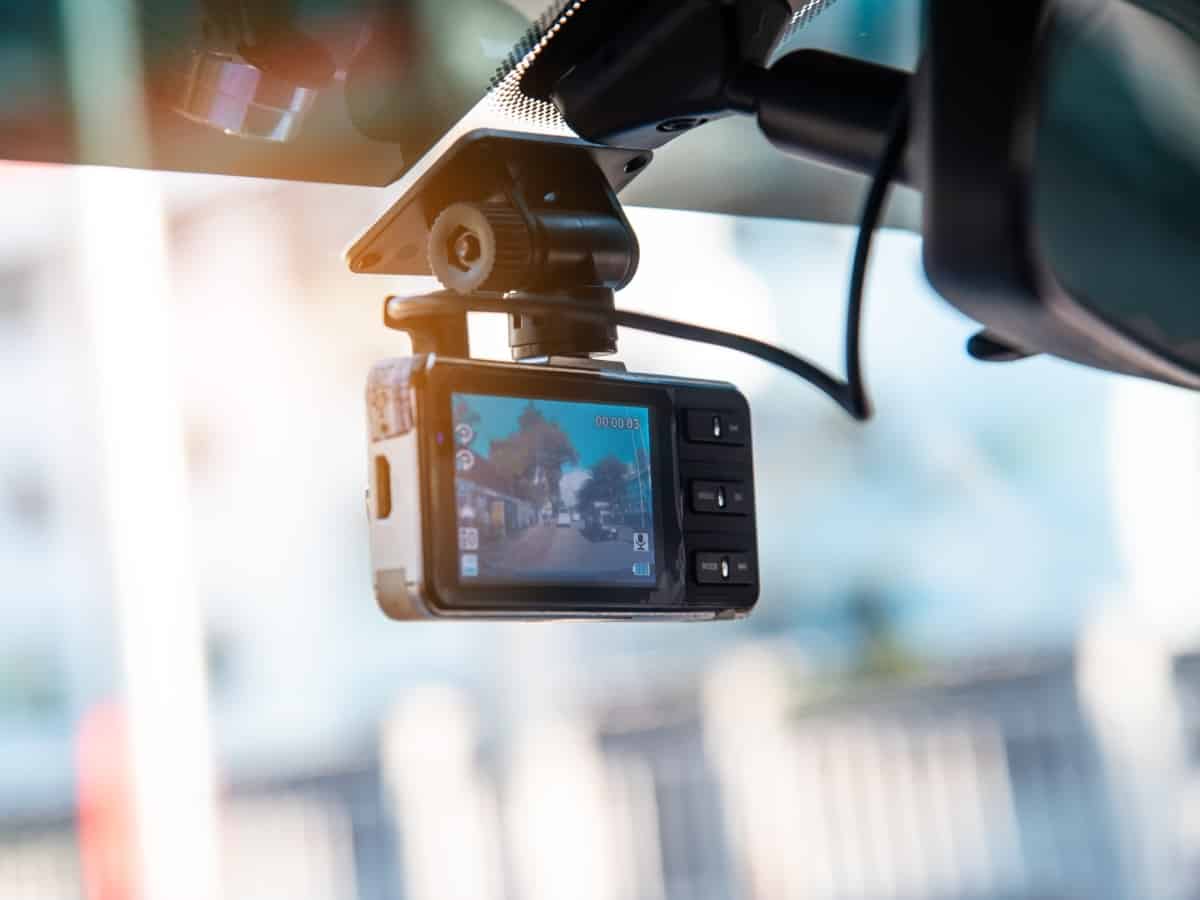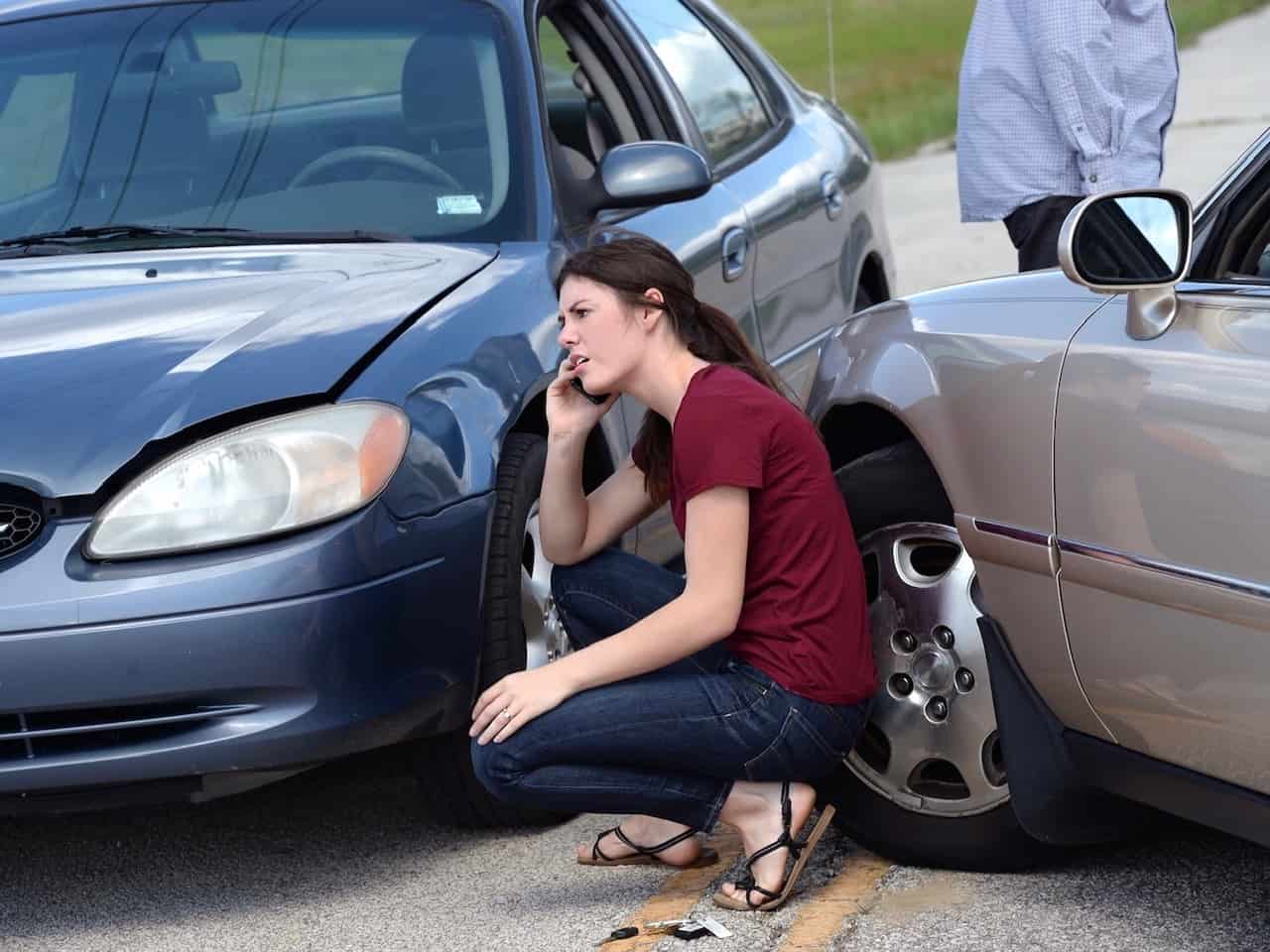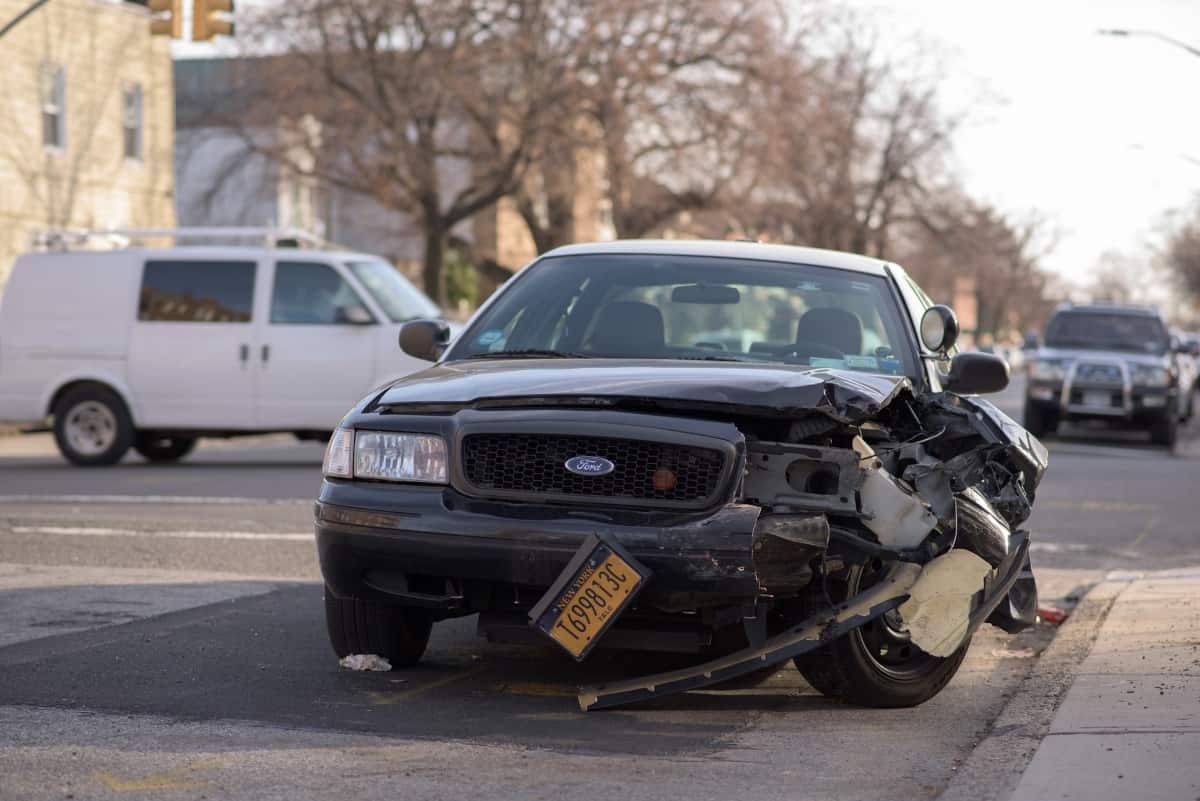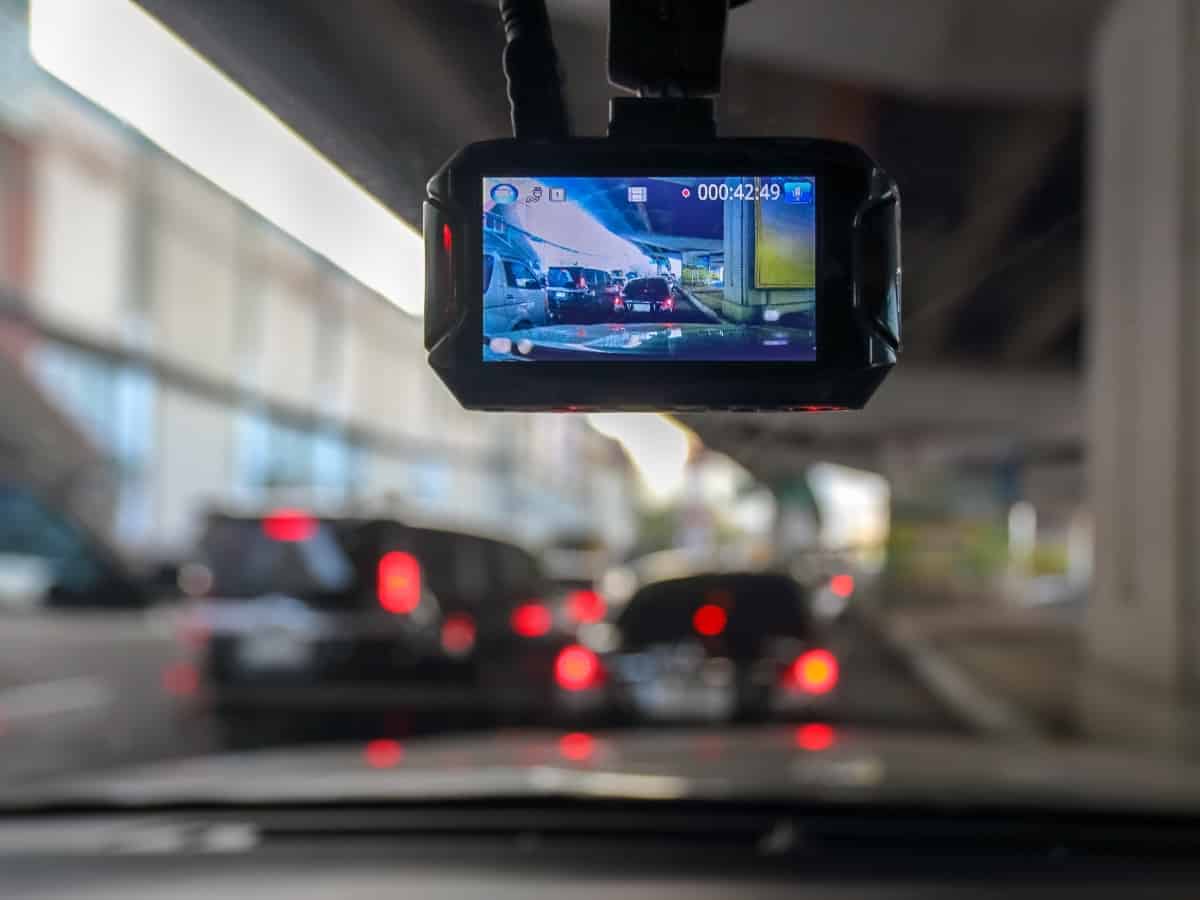The dash cam has become a commonly included feature on many newer vehicles. Dash cams also are manufactured and sold as aftermarket additions for vehicles. The potential benefits of using a dash cam raise a good question: Does having a dash cam lower insurance rates? The short answer is no.
The vast majority of auto insurers do not provide customers with discounts for having a dash cam and using one while driving. A dash cam is not a safety device and does not prevent accidents. It only can record what is happening ahead of and near your vehicle. Because it does nothing to prevent accidents, there is no reason for insurers to provide customers with discounts for using dash cams. That does not mean a dash cam could not help you to save money on your auto insurance rates.
Installing and using one will not net you any kind of significant savings. But it could help you to obtain evidence that prevents you from taking a hit on your insurance rates after another driver hits you while driving.
How a Dash Cam Works
The dash cam is a fairly simple device to place inside your vehicle. It contains a digital camera with a small viewing screen and digitally records your travels. Knowing how dash cams work can help you to better understand how does having a dash cam lower insurance costs.
A dash cam usually obtains power from one of the three following sources:
- Cigarette lighter.
- USB port.
- Disposable batteries.
A dash cam that is included as standard equipment or available as an option often is incorporated into the rearview mirror. The camera is mounted facing the front of your vehicle and out of the way of the mirror. Some also could be mounted to the dash near the windshield.
You can purchase and mount an aftermarket dash cam, too. Aftermarket models often use a suction cup to mount to the windshield in a location that does not block your view of the road. It also might attach to the rearview mirror’s mounting mechanism. You could buy and mount dash cams that look out either side of your car and out of the rear window to give you 360 degrees of viewing coverage. Doing that could record a collision that occurs in

How a Dash Cam Could Help You
You might have one dash cam mounted looking forward or 360 degrees of coverage with up to four cameras covering all angles.
Dash Cams could help you with:
- Recording and documenting accidents.
- Fighting traffic tickets.
- Record vehicles and license plate numbers.
- Capture images of other drivers.
The single greatest asset of the dash cam is its ability to record events immediately leading to an accident. A dash cam has a generally limited forward view that can include objects to the left and right of your vehicle. That forward view could be your greatest asset if you are accused of causing an accident.
A good example is when another motorist violates your right-of-way and runs into you. Humans are just as likely to lie as they are to tell the truth. It would be terrific if people accepted responsibility for their actions, but an at-fault driver cannot be expected to tell the truth and admit to causing an accident.
For example, another driver might cross the centerline and run into your car. When the police arrive to assist, that driver could just claim that you are the one who crossed the centerline and caused the accident. Your dash cam could provide evidence that proves the other driver caused the accident. When the other driver is at-fault, you do not have to pay an insurance deductible or watch your rates rise and stay inflated for at least a couple of years.

Dash Cams Could Show Additional Factors Causing an Accident
Another answer to does having a dash cam lower insurance costs is the camera’s potential effect on showing what caused an accident. If you are in a single-vehicle accident, the blame automatically would go to you, but the dash cam might prove otherwise.
When road conditions or other factors cause an accident, the dash cam might record that condition. Maybe there is a large pothole or similar road hazard that catches one wheel and causes your vehicle to roll or go sideways and into another vehicle or into some other object near the roadway. The dash cam could capture the video of the dangerous condition that clearly caused the accident to occur. That might help you to hold a third-party liable for damages and medical costs while proving your innocence.
Dash Cam Could Show Traffic Lights and Other Controls
You might be stopped by a red light at an intersection and patiently wait for it to turn green. When it does go green, you might look left and right and then start to proceed, and another driver might run a red light and ram into the side of your vehicle.
If that driver is dishonest, you might be accused of running a red light when you did not. Evidence from the dash cam could prove you right and enable you to collect a significant insurance settlement. You also might be able to file a civil suit against the offending driver. Proving you had the right-of-way with a green light is just one of the many ways that a dash cam could answer the question regarding does having a dash cam lower insurance rates.
Dash Cam Could Help You Beat a Traffic Ticket
Another answer to does having a dash cam lower insurance is when you are ticketed for a moving violation that you did not commit. The police officer might say you ran a red light when it only turned yellow as you entered the intersection.
Your dash cam could show the light was green or at worst yellow and for about how long when you crossed the intersection. Such evidence would defeat a traffic ticket for the potential moving violation that you did not commit. That could stop your rates from going higher due to a traffic offense.
Identify Hit-and-Run Drivers
One of the best answers to does having a dash cam lower insurance rates is the potential impact it could have during a hit-and-run accident. A hit-and-run motorist who cannot be found also cannot be held liable for causing an accident. If you suffer injuries as well as vehicle damage, the cost of a hit-and-run accident could be especially high. You are not considered to be at fault, but auto insurance might not cover the costs.
If you only have liability coverage, it would not apply to your vehicle or bodily injuries. Collision coverage likely would cover your car damage, but you would have to pay the deductible. Medical coverage might help to pay for the cost of treating any injuries, but you mostly would have to rely on your health insurance.
A hit-and-run driver automatically is considered to be an uninsured driver, and about a fourth of all motorists are uninsured in many states. If an uninsured driver also is intoxicated, that person has a lot of incentive to flee the scene. Uninsured motorist coverage is the primary policy that you would need to file a claim for your damages and medical costs. A dash cam could help to identify the offending driver.
A dash cam could show the vehicle and possibly an image of the offending driver. The camera also might capture the license plate number and very clearly identify the vehicle’s owner. That would enable you to file an accident claim and be compensated for your damaged vehicle, medical costs, and other claims.
Dash Cam Could Tame Teen Drivers
If you have a teen driver in your home, that might cause your insurance rates to rise. If your teen commits driving offenses or causes an accident, it is a virtual certainty that your insurance rates will go up. The dash cam can help you to track how your teen driver is doing while behind the wheel. The entire time the teen drives, the dash cam could record progress. If your teen engages in aggressive or unlawful driving, the dash cam could show you.
You can use the dash cam to correct improper driving behavior and help to ensure that your teen does not become an unreasonable liability while behind the wheel of your vehicle. That could go far in keeping your insurance rates from rising.




